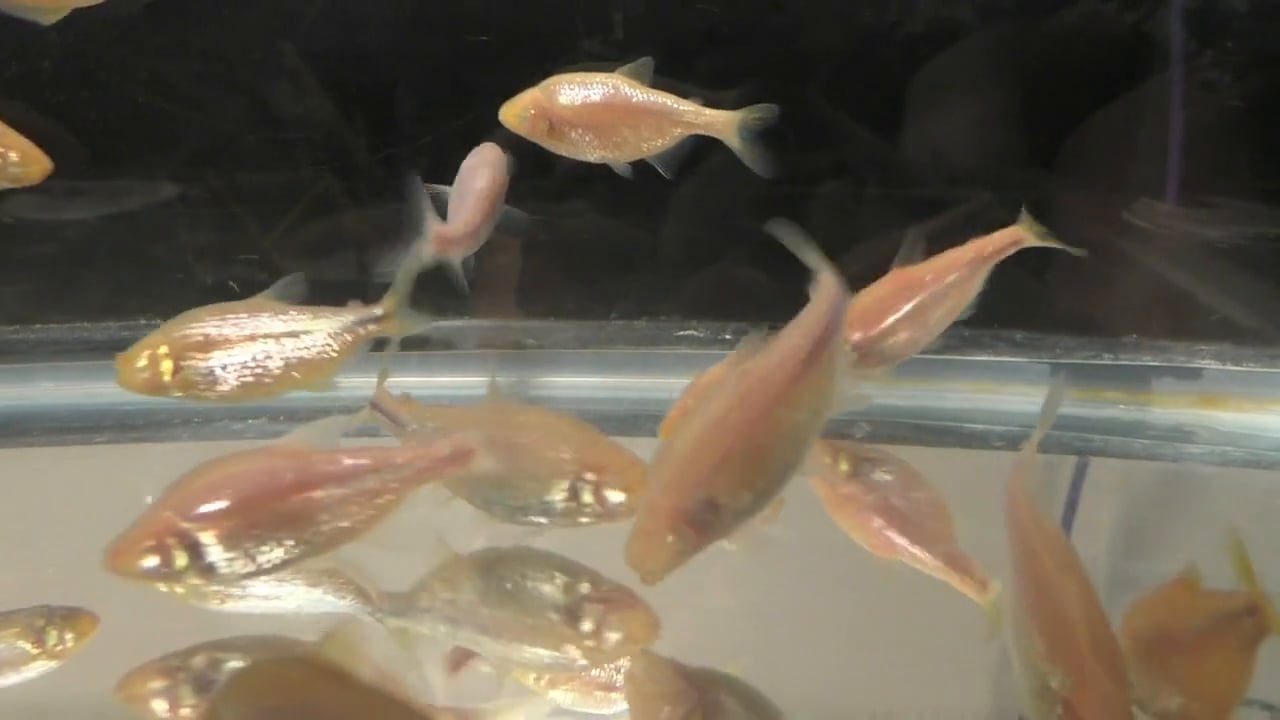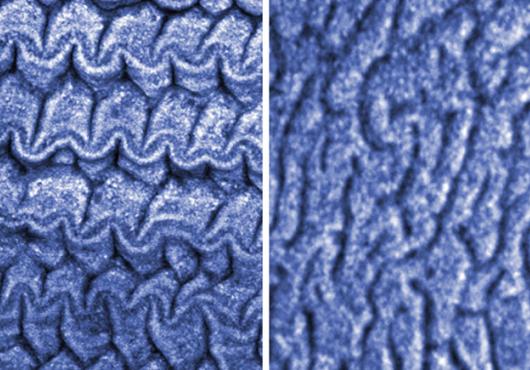
Blind cavefish that have adapted to annual cycles of starvation and binge-eating have mutations in the gene MC4R, the same gene that is mutated in certain obese people with insatiable appetites, according to a new study led by Harvard Medical School geneticists.
The findings, published in PNAS, reveal more about how vertebrates evolved to have different metabolisms from one another and could provide insights into the relationship between human obesity and disease.
"We all know that people have different metabolisms that lead to their gaining weight under different amounts of eating," said the study's senior author, Clifford Tabin, the George Jacob and Jacqueline Hazel Leder Professor of Genetics and chair of the Department of Genetics at HMS.
"The work with the cavefish gives us an example in a natural setting of why and how metabolisms evolved to be different," he said. "Some of the mechanisms we see in the fish may well have implications for human metabolism and therefore human health."
Feast and famine
As the name suggests, Mexican cavefish live in dark, isolated caves in northeastern Mexico. In the hundreds of thousands of years since they were separated from their surface-dwelling cousins, they have adapted to their harsh environment in several ways.
Without light, they gradually lost their eyes and pigmentation. With little food, they became resistant to starvation.
The cavefish withstand months without sustenance by storing massive amounts of fat and burning it more slowly.
"These fish are very, very fat--much fatter than surface fish," said Nicolas Rohner, a postdoctoral researcher in the Tabin lab and co-first author of the study. "And although they are active, their metabolism is slower."
Rohner and co-first author Ariel Aspiras, a graduate student in the Tabin lab, found in lab experiments that after two months without food, the cavefish lost half as much weight as surface populations. After three months, the cavefish were "totally fine," while the surface fish began to die.
"We think the cavefish can go much longer than that, due to their immense fat reserves," said Rohner.
How did the cavefish become so obese in the first place?
Further investigation revealed that some cave populations evolved to have insatiable appetites so that when food does become available, swept in by floods perhaps once a year, the fish are able to eat without limit and store as much fat as they can to sustain them until the next feast.
Although the cavefish don't sleep through times of scarcity, "this model could be similar to hibernating animals in that they live off stored fat for extended periods," said Rohner. Of course, he added, "studying hibernating bears is harder than studying fish."
Remarkably, the cavefish live long, healthy lives despite being so overweight. The team wants to investigate how this happens with the hope that it could one day help people living with obesity.
Fat but fit
The research team analyzed the DNA of fish from several different caves as well as from the surrounding surface rivers to find out what genetic mutations could be driving the differences in metabolism, body weight and appetite.
Most of the cavefish had mutations in MC4R, a gene known to be regulated by leptin (an appetite-suppressing hormone) and insulin in the human brain.
"It's one of the key components in maintaining your energy balance," explained Aspiras. "When people try to diet or change how much they weigh, there are regulators in your brain that try to keep you at your current body weight. MC4R is one of them."
Lab mice without MC4R are severely obese and constantly hungry. In people, MC4R mutations--including one that is identical in some of the cavefish--are the most common single-gene cause of inherited obesity.
Rohner and Aspiras found that the mutations appear to reduce the gene's activity in the cavefish, taking the brakes off their appetite suppressor. Although this can be disastrous for people--children with MC4R mutations can't stop eating--it has proven advantageous for the fish.
Once upon a time, it might have been advantageous for humans, too. Even before the modern obesity epidemic, humans as a species were, relatively speaking, "very fat," Rohner pointed out. "There was selection for that in our evolution, but we don't know why. Understanding how these fish became fat might eventually help us understand how we did."
"That's something that bothers me a lot--that we have to fight against this urge to eat and drink sweet and fatty things all the time and that it's because of our evolutionary history," he added. "The possibility that we can find out why that is, perhaps by using these cavefish as a model system, makes me confident that one day we will find a way to resist that urge."
Rohner and colleagues are certain other genes are at play in the cavefish; for instance, the MC4R mutations don't fully explain the increase in appetite or the fish's fatty livers. They are now looking for additional mutations in the fish, which could in turn inform the search for genes that influence human metabolism and obesity.
This work was supported by a grant from the National Institutes of Health (HD047360).





